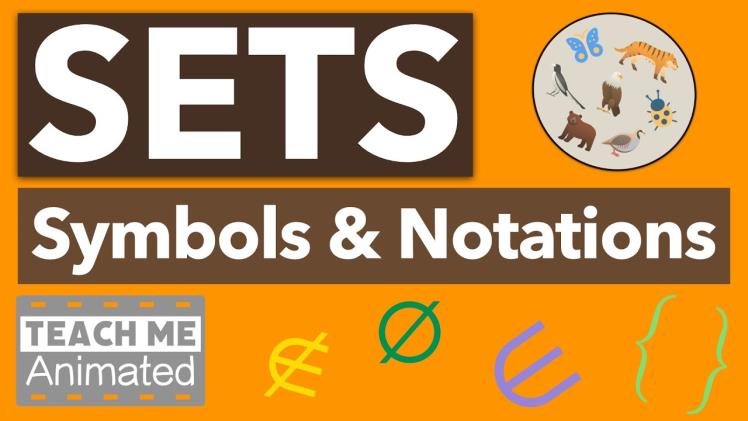Set Builder Notation: Definition, Uses, Symbols, Examples and More

Let’s first understand what is set before learning about Set Builder Notation in detail.
In mathematics, a set is defined as a collection of objects whose elements are fixed and cannot be modified. A set, in other words, is a collection of data that do not transfer from person to person. The set is represented by capital letters. For example, collection of natural numbers, collection of students in a classroom and more.
Empty Set, Finite Set, Equivalent Set, Subset, Universal Set, Superset, Disjoint Set, and Infinite Set are a few types of sets. Sets are commonly used in our daily lives to represent bulk data and data collection.
Let’s now define set builder notation and learn about the symbols used in set builder notation, and the uses of set-builder notation with the help of examples.
What is Set Builder Notation?
Set Builder Notation is defined as a representation or notation for describing a set defined by a logical formula that simplifies to be true for every element of the set. It may contain one or more variables. It also specifies a rule for determining which elements belong to the set and which do not. Let’s look at different ways to write sets. A set can be represented using one of two methods.
- Roster form
- Set builder form
The two methods are as follows.
Roster Form or Listing Method
In this method, each element of a set is listed individually and enclosed in curly brackets. Only one instance of each element is written, and commas are used to separate them. The letters in the word “California,” for instance, are written as A = {c, a, l, i, f, o, r, n}.
Set Builder Form or Rule Method
The elements of a set are represented by a statement or an expression in the set builder form. The representative element will be written using a variable, followed by a vertical line or colon, and then the general attribute of the same representative element. This method avoids listing the elements. As an example, the same set (which represents the letters in the word “Rivers”) can be stated as A = {x | x is a letter of the word “Rivers”} (or) A = {x : x is a letter of the word “Rivers”} in set builder form.
Symbols Used in Set Builder Notation
The elements of the set are represented by various symbols in the set builder form. The following are a handful of the symbols.
- | is read as “such that” and is commonly written right after the variable in the set builder form, followed by the set’s condition.
- ∈ translates as “belongs to” and connotes “is an element of”.
- ∉ means”does not belong to” and means “is not a element of”.
- N stands for a set of all positive integers or natural numbers.
- W stands for a set of all whole numbers.
- Z stands for a set of all integers.
- Q denotes rational numbers or any number that may be expressed as an integer fraction.
- R denotes real numbers or any non-imaginary number.
Why Do We Use Set Builder Form?
Set builder notation is used when there are many elements and the roster form cannot easily describe the elements of the set. To understand this further, let’s go through an example. If you need to list a set of integers between 1 and 8, use roster notation to write {1, 2, 3, 4, 5, 6, 7, 8}. The issue occurs when we must list all of the real numbers. In this scenario, roster notation would be impractical. {…, 1, 1.1, 1.01, 1.001, 1.0001, ……}. However, in this case, the set-builder notation would be preferable. {x | x is a real number} (or) {x | x is rational or irrational number} is the set builder form of real numbers.
Set-builder notation is useful for writing sets, especially those with an infinite number of elements. Set-builder notation can be used to express numbers such as integers, real numbers, and natural numbers. This method can also be used to express a set with an interval or an equation.




